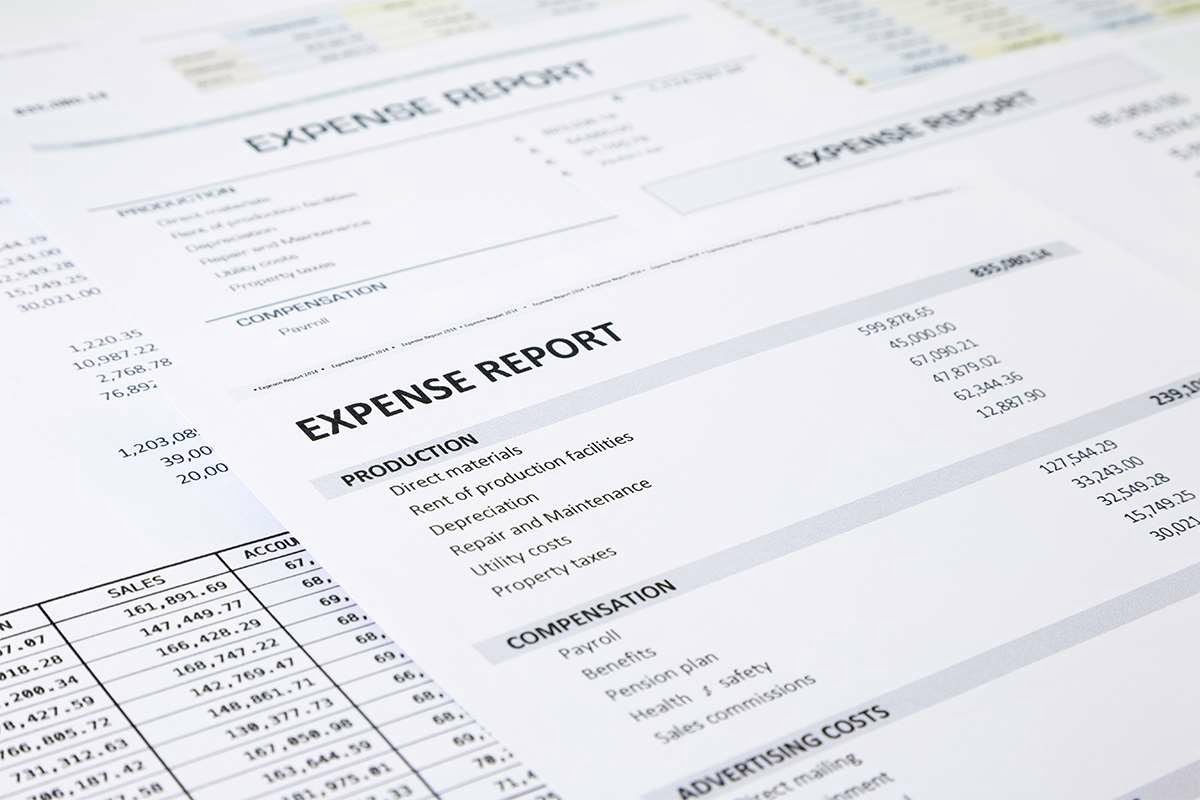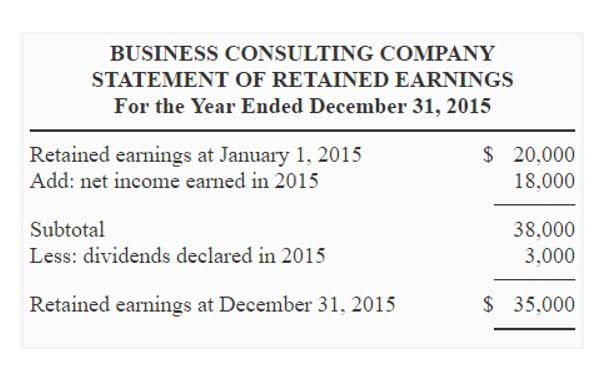What Billing In Arrears Means For Subscription Businesses

Let’s say you run a small business that features a workforce of over 40 employees – all on hourly wages. If you’re not using arrears, you would be paying a total of 800 hours in advance. If you encounter an issue and have to close for two days, you’ll have to either adjust all of those paychecks or take them out for a future paycheck. In terms of bill in arrears accounting, paying in arrears refers to goods and services received from external vendors instead of employees. Vendors who bill in arrears do not send a bill or request payment until after the customer receives a good or service.
Take a look at the benefits and disadvantages of using arrears to help make your billing decision easier:
- Employees are not paid in advance for their work, but rather once a job is done or the pay period ends.
- In this case, they would be getting paid for work already completed, or in other words, they are paid in arrears.
- To find the best choice, you’ll need to take a closer look at your needs, cash flow and payment history before making a final decision.
- The first step in handling arrears is to evaluate your situation and develop a feasible payment plan.
- This approach is popular in industries offering consistent services, like IT, legal, or accounting.
- If you bill in arrears, you don’t send an invoice or ask for payment until you’ve completed your work.
It’s the opposite of being paid in advance, meaning the recipient is paid after a good or service has been provided. In some cases, this is done as part of an agreed-upon arrangement, but it can also refer to a late payment due to an accounting error or a lack of funds. Depending on your payroll schedule, whether it’s weekly, biweekly, monthly, and so forth, wages are scheduled after the payroll period. It’s also common in contracting and other service-based businesses.

The Hidden Impact of Payment Processes on Dermatology Clinics
- You’ll then have to project what an employee will work on Friday, Saturday, and Sunday.
- From time to time, you might be billed in arrears or make a payment in arrears.
- In most cases, customers are hesitant to pay large bills for advanced services.
- This type of advance payment may only represent part of the final payment due.
- For example, if you’re a plumber, you will most likely ask for payment after you’ve fixed a clogged pipe or a broken faucet.
You’ve unraveled the concept of billing in arrears, its comparison to advance billing, and the potential advantages and pitfalls for subscription businesses. Armed with this knowledge, you can now make an informed decision about whether this billing method suits your business and how to execute it effectively. Keep in mind the right tools can ease this transition and streamline your billing.

Paid in Arrears vs. Paid Current
This may include wages earned from commissions, tips, or overtime. If your business primarily virtual accountant charges contracts based on the actual usage accrued throughout the subscription period, you can find subscription billing systems that support billing in arrears. These systems let you control when your customers receive their invoices. Some comprehensive billing systems even fully automate billing in arrears for both subscriptions and usage. In the financial industry, “in arrears” means that a payment is behind. The largest benefit businesses reap from paying in arrears is maintaining accurate payroll and bookkeeping numbers.
What Happens If You Fall Behind on Arrears Payments?
When an issuer makes $50 coupon payments semi-annually, this means the interest on the bond would have to accrue for six months before any payment is made to the bondholders. If you continue making regular payments each month after that, you are still in arrears for $500 until the time you make up the payment you missed. Similarly, if you paid $300 of that Jan. 15 payment, you are in arrears for $200 as of Jan. 16 until the time you pay it off and bring your account up to date. Under “Billing Preferences,” enable the “Billing in Arrears” option. You can also click here to get a step-by-step tutorial with images.

Maintain Open Communication with Creditors
- These are just some of the consequences that can come with not paying your vendors on time.
- She also pointed out that withholding these contributions despite deducting the contributions from employees’ salaries is a serious offence that could amount to theft and in some cases, fraud.
- With this feature active, your next task is to adjust your billing schedules to accommodate billing in arrears.
- The term “arrears” is also used in divorce law in cases that involve child support.
- Subscription billing provides a steady income stream for businesses by charging customers a recurring fee for their products or services.
- Since it’s easier to pay after a period, or after the service provided by an employee is completed, then that payment is considered a payment “in arrears”.
- For businesses, it can strain relationships with employees and suppliers, negatively impacting their credit scores and initiating legal action against them.
Save time, money, and your sanity when you let ReliaBills handle your bill collection, invoicing, reminders, and automation.. Arrears of payment is a term usually used to state that a payment is overdue, typically when discussing loan or mortgage repayment. Billed in arrears refers to when payment is released after services or goods have been provided, instead of beforehand. Still curious about payment in arrears and what it means for businesses?

In some cases, such as bonds, arrears can refer to gross vs net payments that are made at the end of a certain period. Similarly, mortgage interest is paid in arrears, meaning each monthly payment covers the principal and interest for the preceding month. So far, 130 cases have been opened against companies that fail to pay over the pension fund contributions of their employees.
